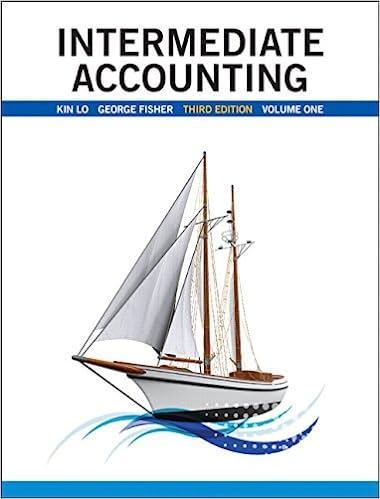In the past, accounting standards in Canada required intangible assets to be recorded at purchase cost if
Question:
In the past, accounting standards in Canada required intangible assets to be recorded at purchase cost if they were purchased from a market transaction. Costs incurred on internally generated intangibles could not be capitalized in most cases. Enterprises had to expense costs incurred to create a patented invention, to build up a brand or trademark, or to improve customer loyalty. In other words, many intangible assets were not recognized as assets on the balance sheet, or they were recognized at a nominal value of $1.
Since adopting IFRS beginning January 1, 2011, publicly accountable Canadian companies have the option of using the cost basis, as they have in the past, or the revaluation basis. The revaluation basis reports intangible assets at their estimated current value. While the revaluation option is available, companies can also choose to continue using the historical cost basis.
Required:
a. You are a believer of efficiency in securities markets. Everything else equal, do you predict the stock price to be higher for a firm that revalues its intangible assets compared with the share price for a firm that uses the historical cost basis? Why?
b. Apply the concepts of information asymmetry, earnings management, relevance, and reliability in this context.
An intangible asset is a resource controlled by an entity without physical substance. Unlike other assets, an intangible asset has no physical existence and you cannot touch it.Types of Intangible Assets and ExamplesSome examples are patented...
Step by Step Answer:






